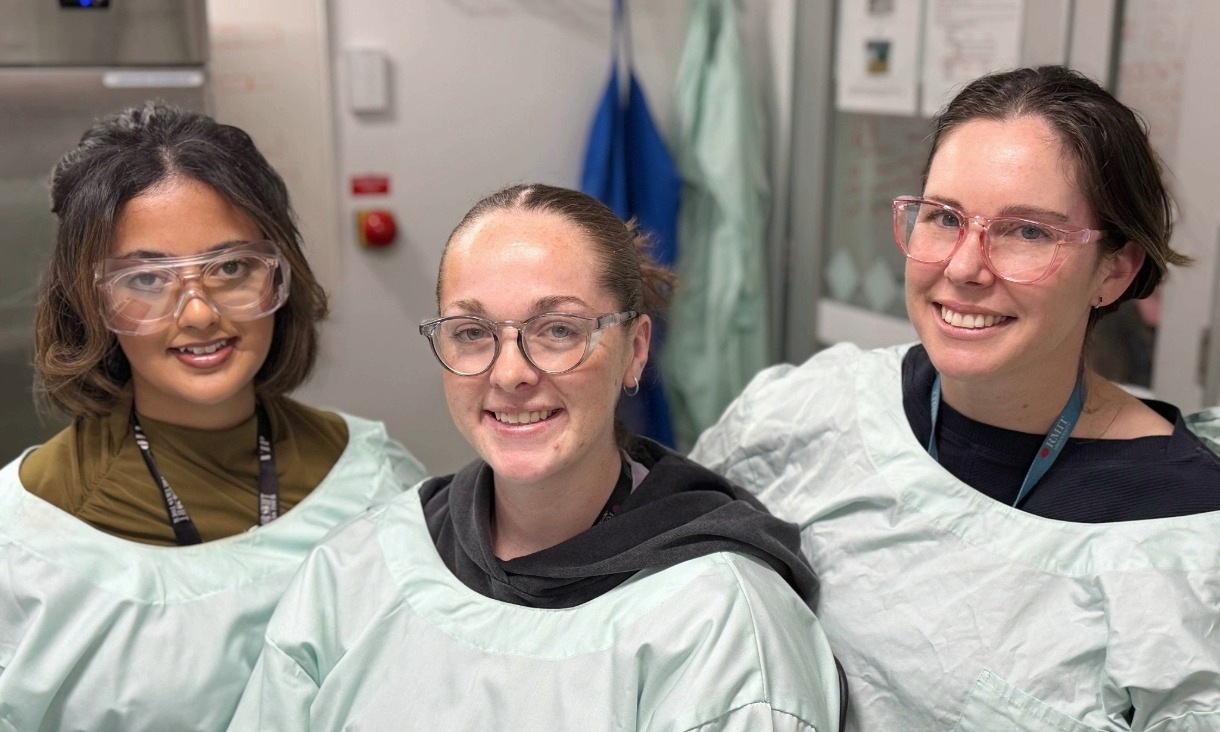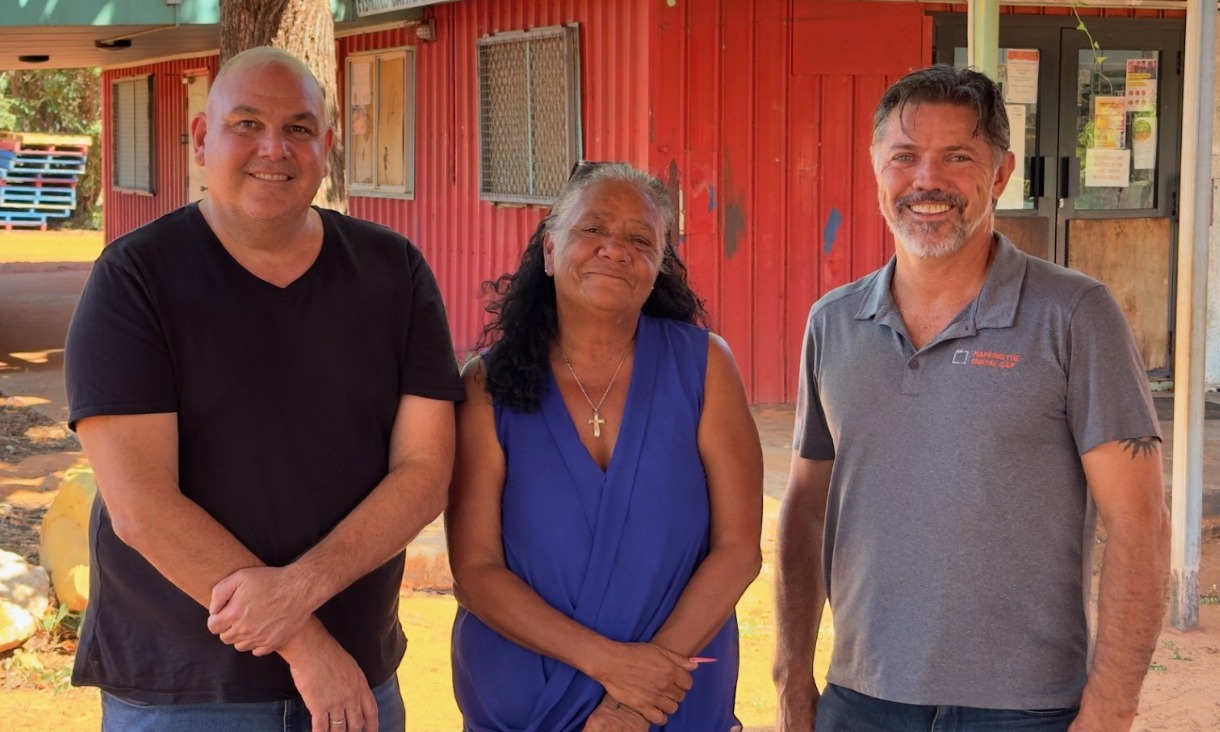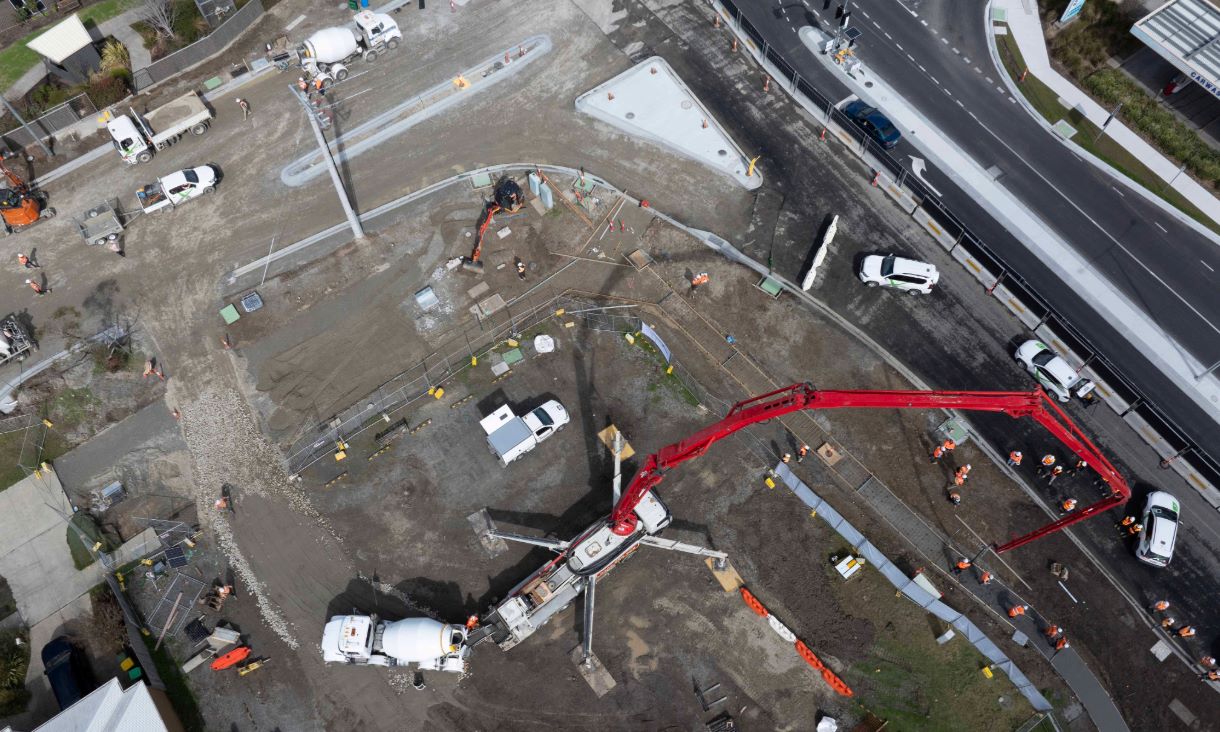RMIT is participating as part of the ELO2 consortium, co-led by EPE and Lunar Outpost Oceania, in the Australian Space Agency’s Moon to Mars Trailblazer program, which aims to land the rover on the Moon as part of a future NASA Artemis mission later this decade.
If chosen, the rover will be tasked with transporting lunar regolith, also known as Moon soil, to a NASA-run facility for the extraction of oxygen.
The rover will autonomously navigate the lunar environment, locate and collect regolith, and is an essential element to enable NASA’s in-situ resource utilisation facility to operate.
There, oxygen will be extracted from the regolith, which can be used for Artemis astronauts to breathe and for spacecraft fuel – essential elements for a sustained human presence on the Moon.
Engineering a rover designed for space
RMIT University’s Space Industry Hub is supporting the technical design, optimisation and precision manufacturing of the rover.
The RMIT Advanced Manufacturing Precinct has been used to prototype wheel designs. After rapid prototyping the extremely complex geometric designs in plastic, they are then 3D printed in titanium.
This will be one of the first opportunities to roll 3D printed wheels on the Moon’s surface, but they must withstand some of the largest temperature ranges during launch and the mission on the lunar surface.
There are many technical challenges, including that they must maintain rigidity, be as low mass as possible, and have consistent and reproducible dimensions and interfaces for flight qualification standards.
However, the RMIT Advanced Manufacturing Precinct can produce intricate designs that are not conventionally machinable to optimise every gram of structural mass on board the rover.
Professor Ray Kirby, Dean of RMIT’s School of Engineering, said this technology will be crucial to Australia’s first lunar mission.
“We are excited to help drive technology to support sustainable human life on the Moon and, in doing so, to be part of an accelerating Australian aerospace industry,” he said.
“The ELO2 consortium have unveiled a rover prototype that demonstrates our world-leading skills in engineering and manufacturing robotic technologies, remote operations and autonomous decision-making systems.”
Lead researcher, Dr Graham Dorrington, emphasised the importance of aerospace technology not just for space exploration and research, but for the future of people and the planet.
"Exploration of the Moon could lead to significant long-term quality of life benefits on Earth,” Dorrington said.
“We have put together a proficient team to support this trailblazing project.”
3D printing research leader, Professor Martin Leary, explained that advanced manufacturing technology is a key part of the aerospace industry.
“Advanced manufacturing and 3D printing are strengths of the RMIT Advanced Manufacturing Precinct,” he said.
“Connecting our research capabilities to industry-based opportunities for impact is part of what RMIT strives to do and does well”.
From prototype to the Moon
This initial prototype is an early but significant step in the process and will allow the consortium to progress to testing, improving the technology and design of the flight rover.
The project has been supported by Stage 1 grant funding from the Australian Government’s Moon to Mars Trailblazer Initiative program through the Australian Space Agency.
RMIT University is one partner of 16 partners in ELO2, an experienced consortium co-led by EPE Trusted to Protect and Lunar Outpost Oceania that brings together Australia’s top talent and expertise across space research and industry.
RMIT’s research team is led by Dr Graham Dorrington and includes Professor Martin Leary, Professor Raj Das and Dr Glenn Matthews. The advanced manufacturing team includes Albert Maberley, Brad Sherwood, Des Lau, Belinda Domaille and Ayden Monsant.
Story by: Sarah Gates







